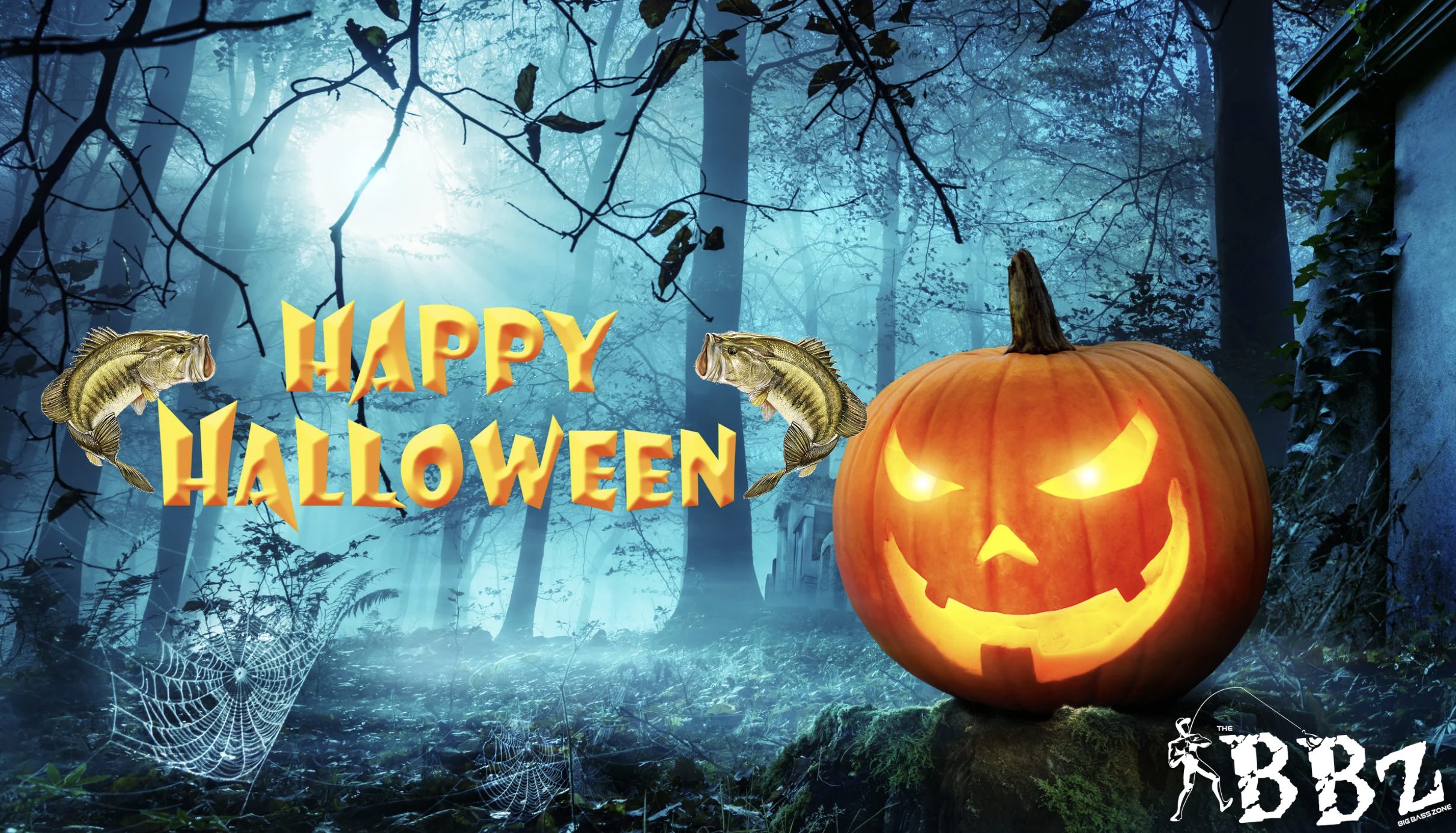History of Halloween, There's More Than Meets The Pumpkins Eye...
Original Article Is From World History Encyclopedia by Joshua J. Mark
Halloween is among the oldest traditions in the world as it touches on an essential element of the human condition: the relationship between the living and the dead. The observance evolved from ancient rituals marking the transition from summer to winter, thereby associating it with transformation, which is still a central theme of the holiday.
Every recorded civilization has created some form of ritual observance focused on what happens to people when they die, where they go, and how the living should best honor those who have passed or respond to the dead who seem unwilling or unable to move on. Countries around the world today celebrate Halloween in one form or another, from Mexico's Day of the Dead to China's Tomb Sweeping Day. The modern-day observance of Halloween in countries such as the United States and Canada – where this tradition is most popular – share in this ancient tradition, even though some aspects of the holiday are relatively recent developments and can be traced back to the Celtic festival of Samhain.
Jack-o'-Lanterns macwagen (CC BY-NC-ND)


